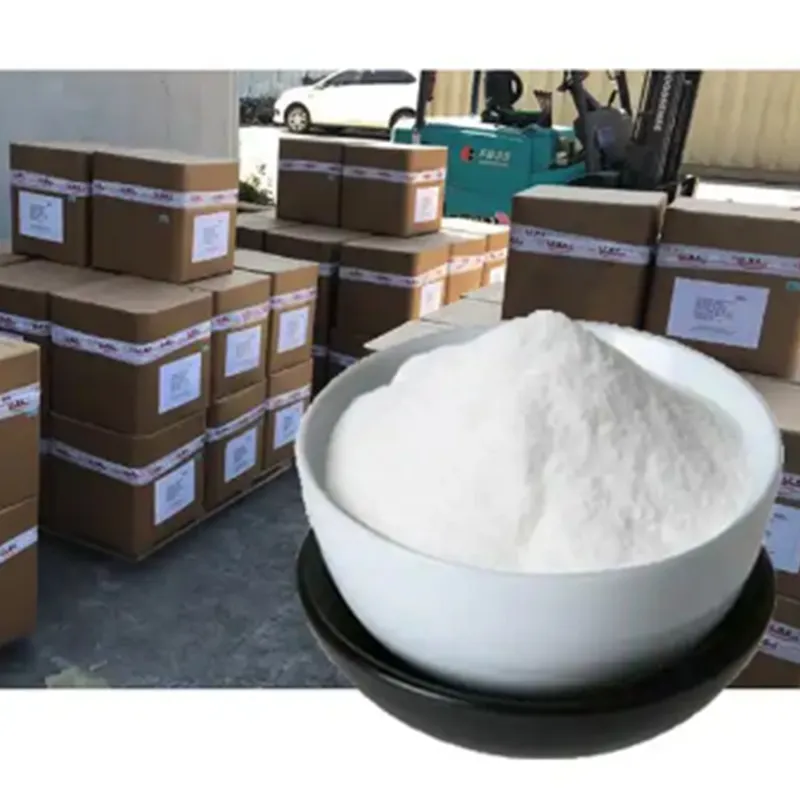
Factors Influencing the Pricing of Aluminum Hydroxide in Today's Market
Understanding the Costs of Aluminum Hydroxide An Overview
Aluminum hydroxide, a white, powdery substance, has garnered significant attention across various industries, including pharmaceuticals, water treatment, and manufacturing. As a versatile compound, its demand is closely tied to the needs of multiple sectors, thus affecting its market price. This article delves into the factors influencing the cost of aluminum hydroxide, its applications, and the outlook for its pricing in the near future.
What is Aluminum Hydroxide?
Aluminum hydroxide, often represented chemically as Al(OH)₃, naturally occurs in minerals such as gibbsite, boehmite, and diaspore. It is primarily produced through the Bayer process, where bauxite ore is refined to extract aluminum oxide, which is subsequently hydrated to yield aluminum hydroxide. The compound is widely used as an acid neutralizer, a flocculant agent in water purification, and in fire retardants.
Factors Influencing Cost
1. Raw Material Availability The primary raw material for aluminum hydroxide is bauxite, whose availability and price directly impact the production costs. Regions rich in bauxite reserves, such as Australia, Brazil, and Guinea, play a crucial role in stabilizing production costs. Any geopolitical issues, regulatory changes, or environmental concerns can disrupt mining activities, leading to fluctuations in prices.
2. Production Costs The processes used to extract and refine aluminum hydroxide can be energy-intensive. Fluctuations in energy prices—especially natural gas and electricity—can, therefore, significantly affect the cost of production. As energy costs rise, manufacturers may pass these expenses onto consumers, thereby increasing the end prices of aluminum hydroxide.
3. Demand Dynamics The demand for aluminum hydroxide is a key driver of its price. Industries such as pharmaceuticals require aluminum hydroxide for antacids and vaccines, while the water treatment sector uses it for purification processes. As public health concerns grow and water quality regulations tighten, the demand for aluminum hydroxide in these sectors is likely to continue its upward trajectory.
aluminum hydroxide cost

4. Market Competition The aluminum hydroxide market comprises numerous suppliers, which can lead to competitive pricing strategies. However, if key suppliers consolidate, or if there is a substantial rise in demand from emerging markets—particularly in Asia—the competition may lessen, leading to price increases.
5. Transportation Costs Shipping and transportation costs can also influence the price of aluminum hydroxide. Given that production sites are often far from consumption centers, fluctuations in fuel prices and global shipping rates can impact the final price structure.
Applications of Aluminum Hydroxide
Aluminum hydroxide is utilized in a variety of applications, which helps bolster its market demand. In the pharmaceutical industry, for instance, it is an essential ingredient in many over-the-counter medications to treat heartburn and indigestion. In water treatment, it serves as an effective coagulant, helping to remove impurities from drinking water and wastewater. Moreover, aluminum hydroxide is employed in the manufacturing of aluminum compounds and as a filler in various products, including cosmetics, rubber, and plastics.
Future Outlook
The cost of aluminum hydroxide is expected to be influenced by ongoing trends in industrial demand, economic conditions, and environmental regulations. As industries continue to innovate and seek more efficient processes, the demand for high-purity aluminum hydroxide may rise, potentially leading to price increases. Moreover, global efforts toward sustainability and waste management could enhance the need for aluminum hydroxide in environment-friendly applications.
In conclusion, the cost of aluminum hydroxide is shaped by a blend of raw material availability, production costs, demand dynamics, competition, and transportation expenses. As industries evolve and environmental regulations become more stringent, understanding these factors will be essential for stakeholders in anticipating market shifts and managing costs effectively. With its pervasive use across diverse sectors, aluminum hydroxide will likely remain a critical compound in the coming years, driving continued interest in its market dynamics.
-
Pure Sodium Dichloroisocyanurate Dihydrate | Powerful DisinfectantNewsAug.29,2025
-
Industrial Chemicals: Quality & Purity for Every IndustryNewsAug.28,2025
-
Nitrile Rubber Honoring Strict Production StandardsNewsAug.22,2025
-
Aspartame Ingredients Honoring Food Safety ValuesNewsAug.22,2025
-
Fertilizer for Balanced Plant NutritionNewsAug.22,2025
-
Cyanide Gold Processing with High Purity AdditivesNewsAug.22,2025
-
Formic Acid in Textile Dyeing ApplicationsNewsAug.22,2025
Hebei Tenger Chemical Technology Co., Ltd. focuses on the chemical industry and is committed to the export service of chemical raw materials.
-

view more DiethanolisopropanolamineIn the ever-growing field of chemical solutions, diethanolisopropanolamine (DEIPA) stands out as a versatile and important compound. Due to its unique chemical structure and properties, DEIPA is of interest to various industries including construction, personal care, and agriculture. -

view more TriisopropanolamineTriisopropanolamine (TIPA) alkanol amine substance, is a kind of alcohol amine compound with amino and alcohol hydroxyl, and because of its molecules contains both amino and hydroxyl. -

view more Tetramethyl Thiuram DisulfideTetramethyl thiuram disulfide, also known as TMTD, is a white to light-yellow powder with a distinct sulfur-like odor. It is soluble in organic solvents such as benzene, acetone, and ethyl acetate, making it highly versatile for use in different formulations. TMTD is known for its excellent vulcanization acceleration properties, which makes it a key ingredient in the production of rubber products. Additionally, it acts as an effective fungicide and bactericide, making it valuable in agricultural applications. Its high purity and stability ensure consistent performance, making it a preferred choice for manufacturers across various industries.





